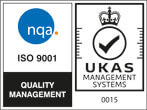This part focuses on the measurement workflow for commercial/industrial/medical products: choosing the site, controlling ambient signals, setting up the antenna/analyser chain, and applying all system gains/losses so your field-strength results are comparable to accredited lab data.
Goal: Make repeatable measurements that correlate with a 3 m or 10 m chamber by controlling the environment and correcting for every element in your signal path (cables, preamps/attenuators, antenna factor).
1) Site & Ambient Control
- Pick a quiet spot: Rural areas, basements, or shielded rooms reduce broadcast and mobile-network clutter that can mask DUT harmonics.
- Survey first: Run a wide scan with the DUT off to map ambient signals. Log frequencies you’ll need to avoid or notch.
- Distance & geometry: Use a consistent antenna-to-DUT spacing (commonly 3 m or 10 m equivalents) and keep metallic clutter out of the path to reduce reflections.
2) Antenna–Analyser Signal Chain
- Calibrated EMI antenna on an insulated mast, at the correct height; rotate the DUT and scan both polarisations.
- Low-loss coax with known frequency-dependent loss; document lengths and connectors.
- Preamplifier/attenuator as needed to optimise the analyser’s dynamic range without overloading.
- Spectrum analyser/EMI receiver configured for the band of interest with the appropriate detector and RBW.
System correction math: Convert analyser reading (dBµV) to field strength (dBµV/m) by applying:
- + Antenna Factor (AF) from the antenna’s calibration data
- – Cable loss and any – Attenuator loss
- + Preamp gain (if used)
Keep a worksheet or spreadsheet of AF, cable loss, and gain vs. frequency to avoid mistakes. Consistency equals correlation.
3) Analyser Settings That Matter
- Detector: Use peak for fast scans; confirm with quasi-peak and/or average as required by CISPR limits.
- RBW: Select per the standard for the band (e.g., 120 kHz in many 30 MHz–1 GHz cases).
- Sweep/span strategy: Zoom spans around harmonics of interest to avoid masking by strong ambients; dwell long enough to stabilise the trace.
- Front-end protection: If ambients are strong, add attenuation or preselection to prevent compression and false lows.
4) Practical Workflow
- Measure ambient alone (DUT off) and save the trace.
- Measure DUT on under worst-case operating mode; compare to ambient to identify true DUT emissions.
- Apply system corrections (AF, losses, gains) to get dBµV/m.
- Overlay limit lines for your standard and document margins; repeat for the orthogonal polarisation.
Common pitfalls:
- Forgetting to apply AF/cable/preamp corrections → incorrect dBµV/m.
- Overloading the analyser front end with strong broadcast signals → compressed readings.
- Not re-checking ambient when conditions change (time of day, doors open, nearby equipment).
Telonic Toolkit for Radiated Pre-Compliance
- Spectrum Analysers — robust scans, peak/avg/QP workflows, limit overlays.
- Vector Network Analysers (VNAs) — characterise filters/chokes you design after finding problem bands.
- Need antennas, preamps, or low-loss coax? — ask our team for matched hardware and calibration data.






















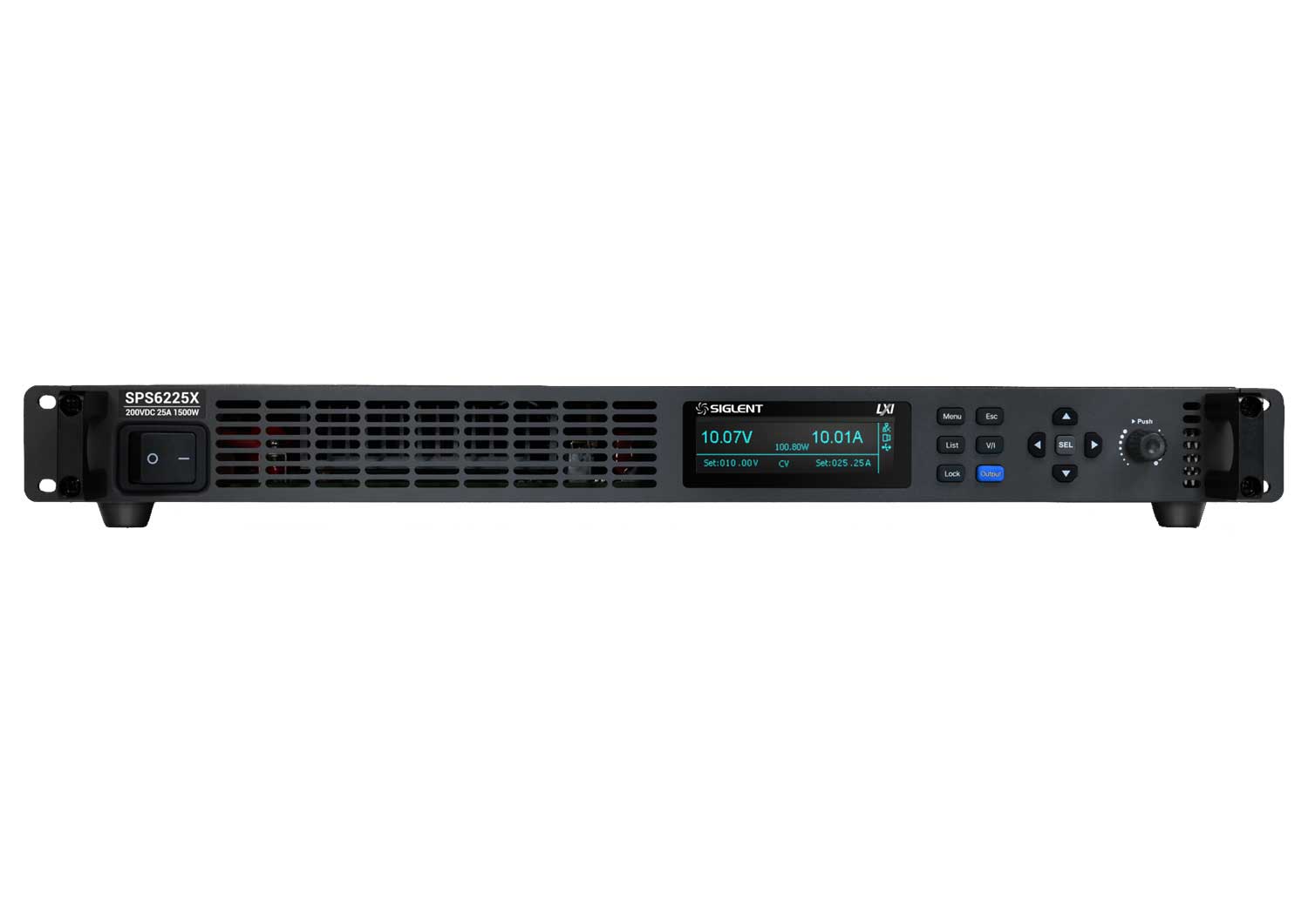

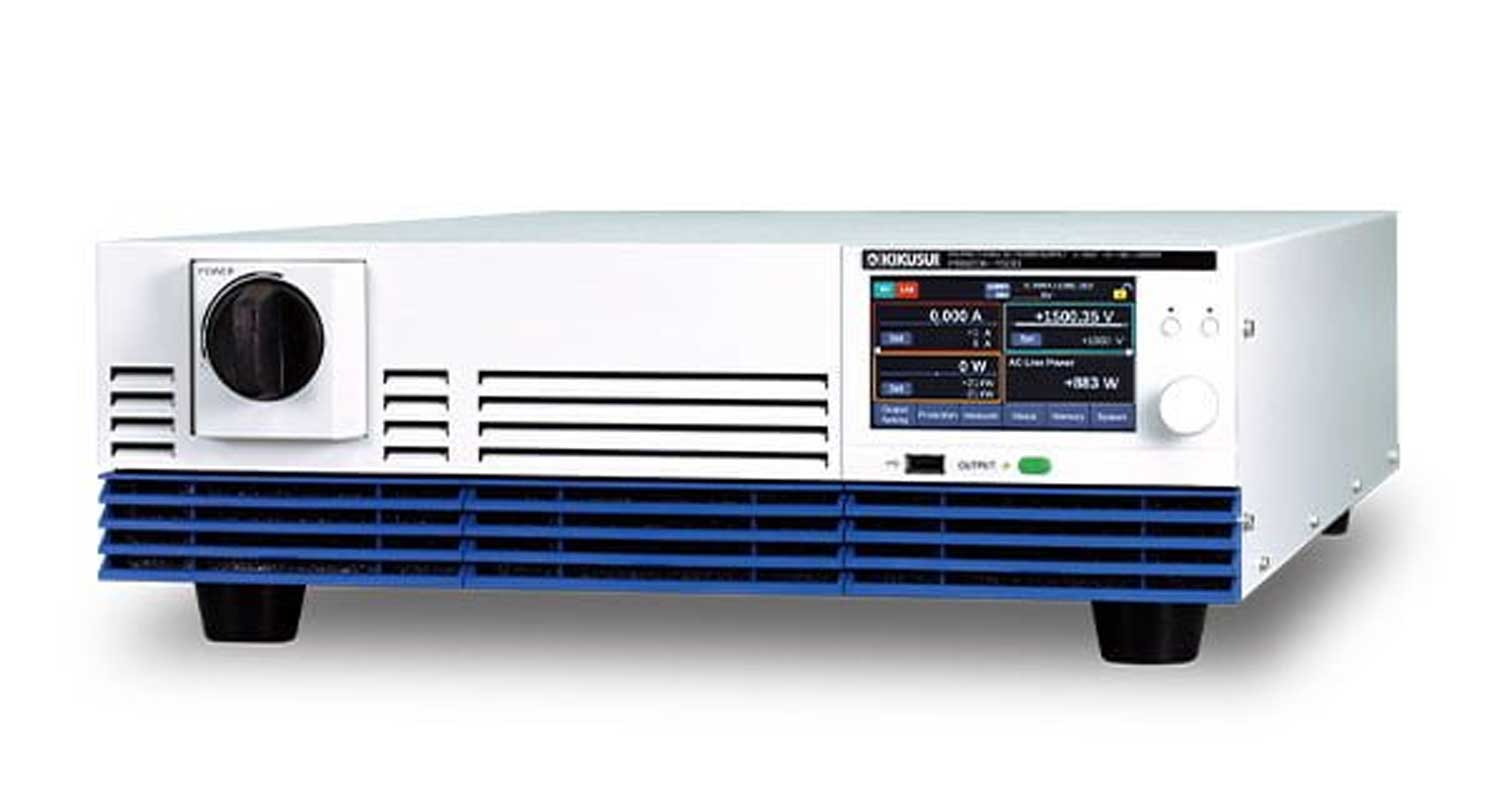


























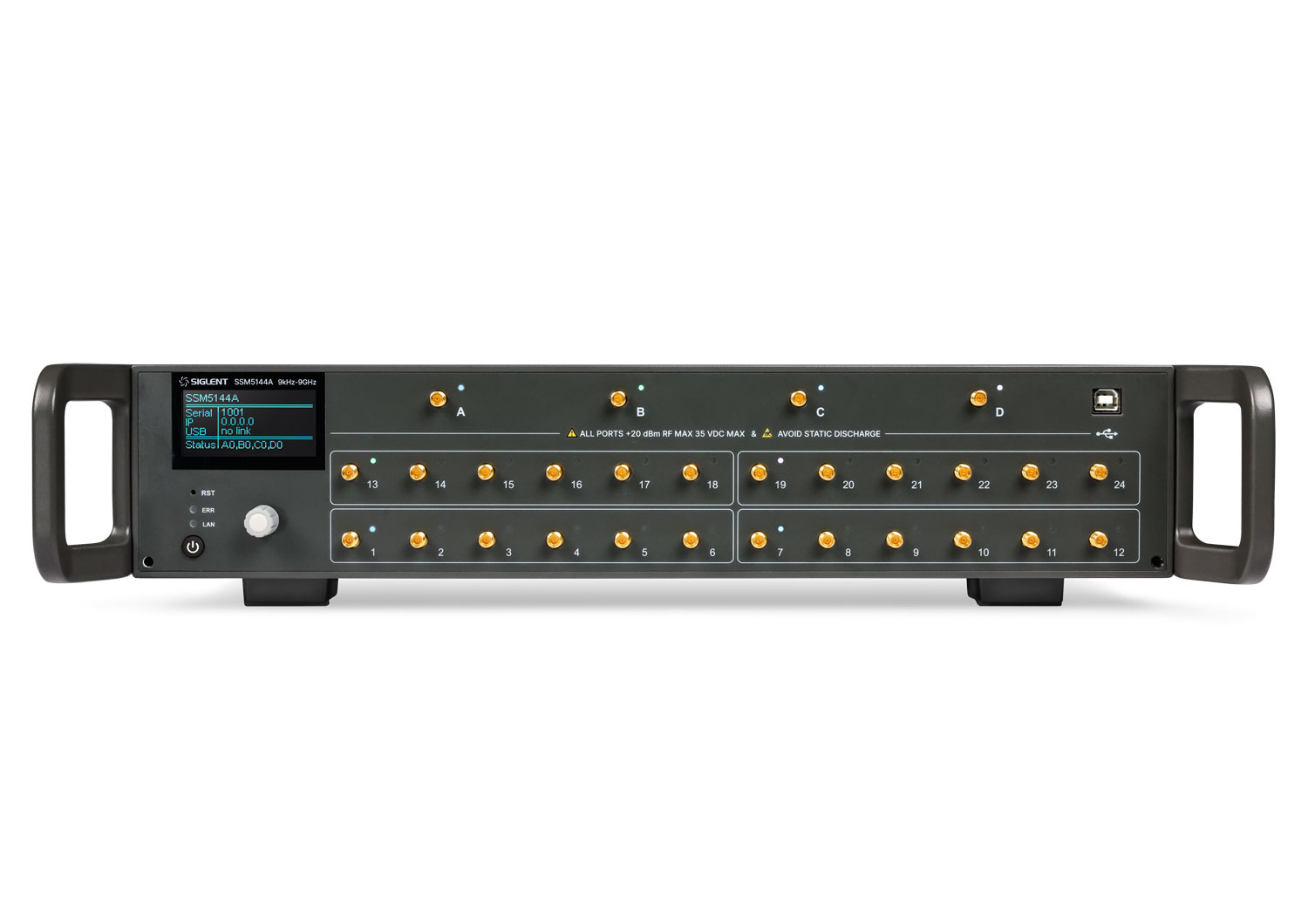













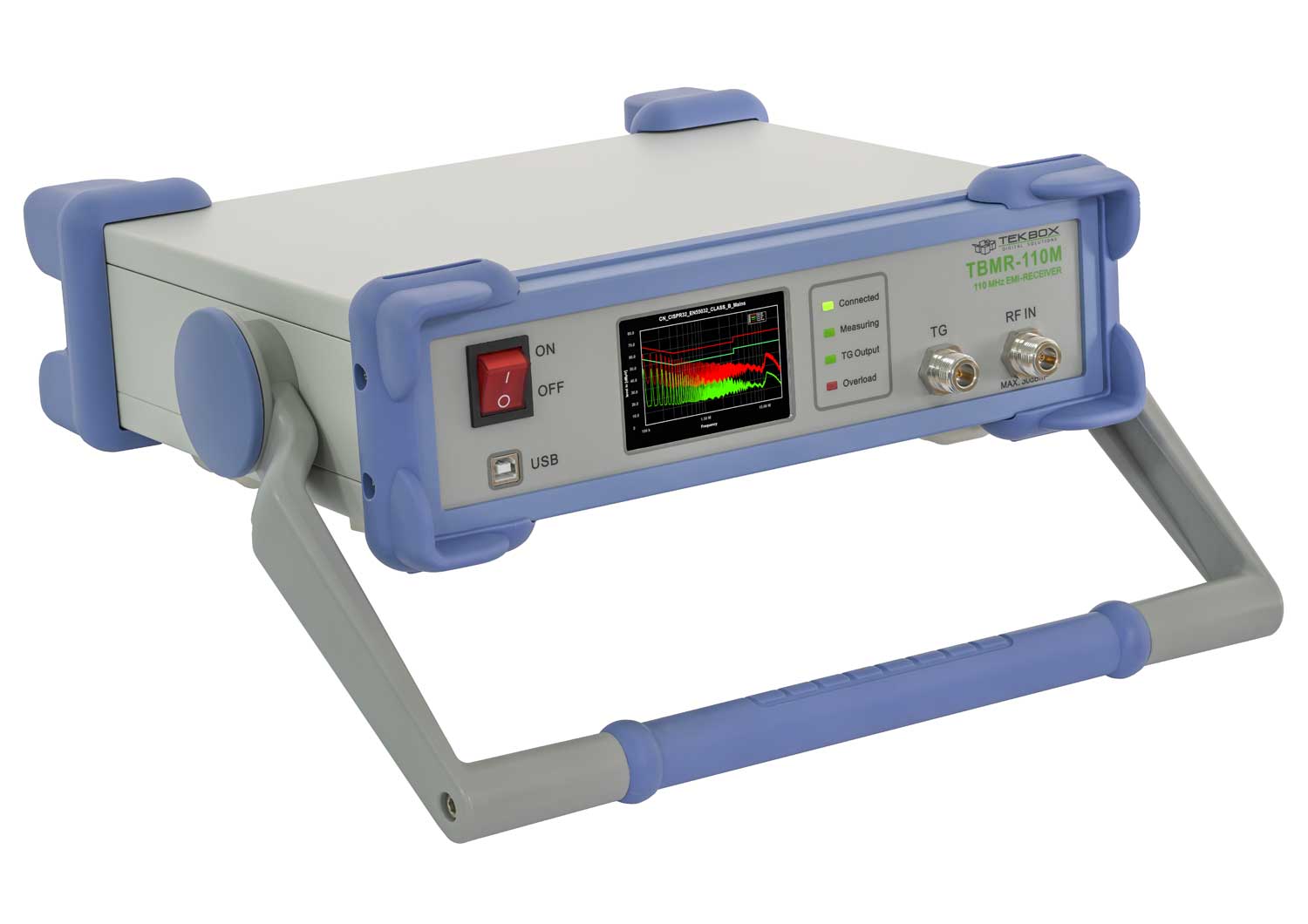
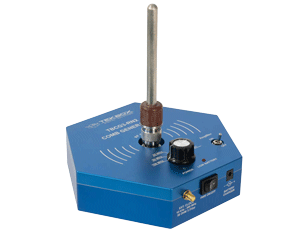

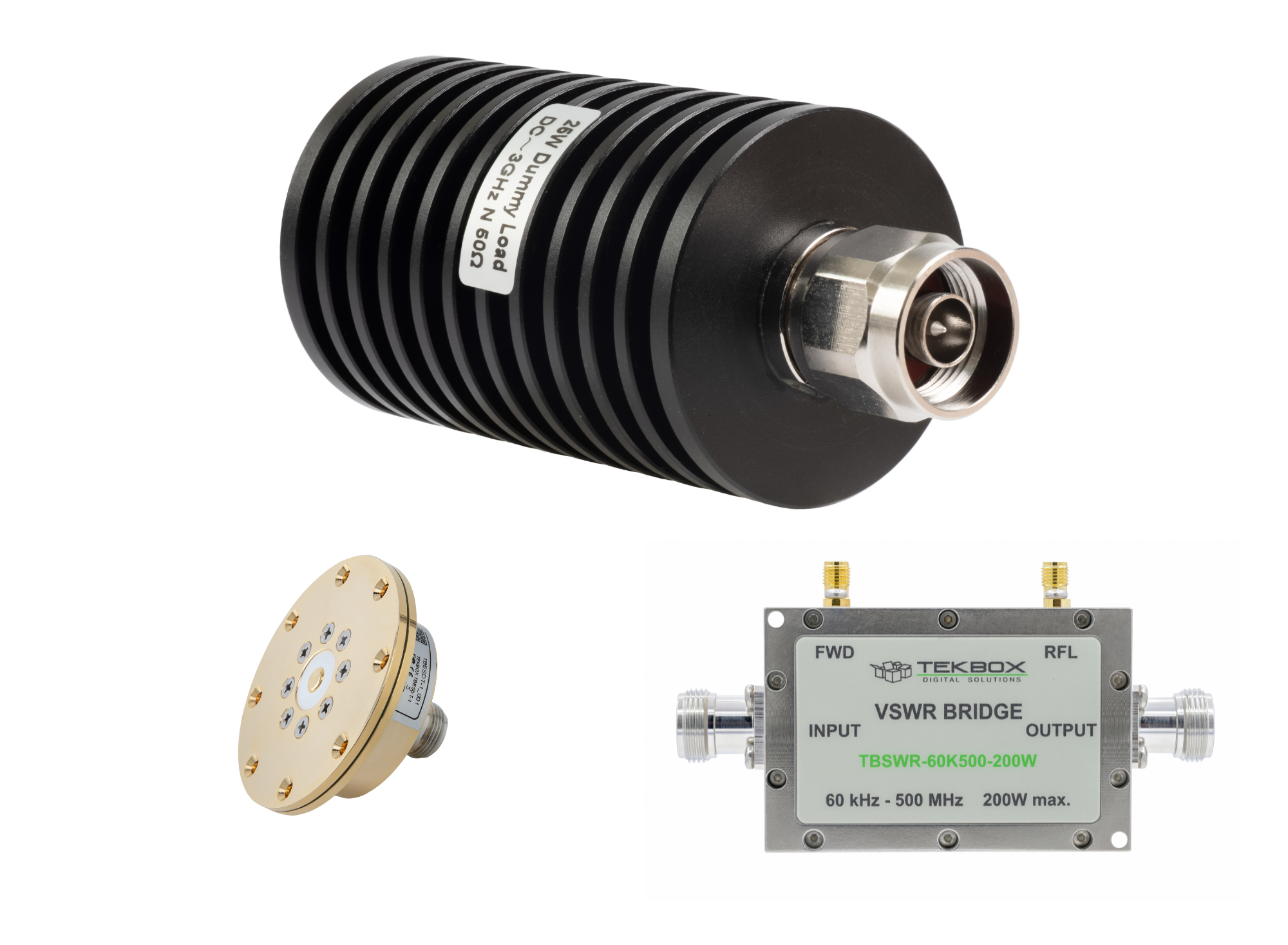




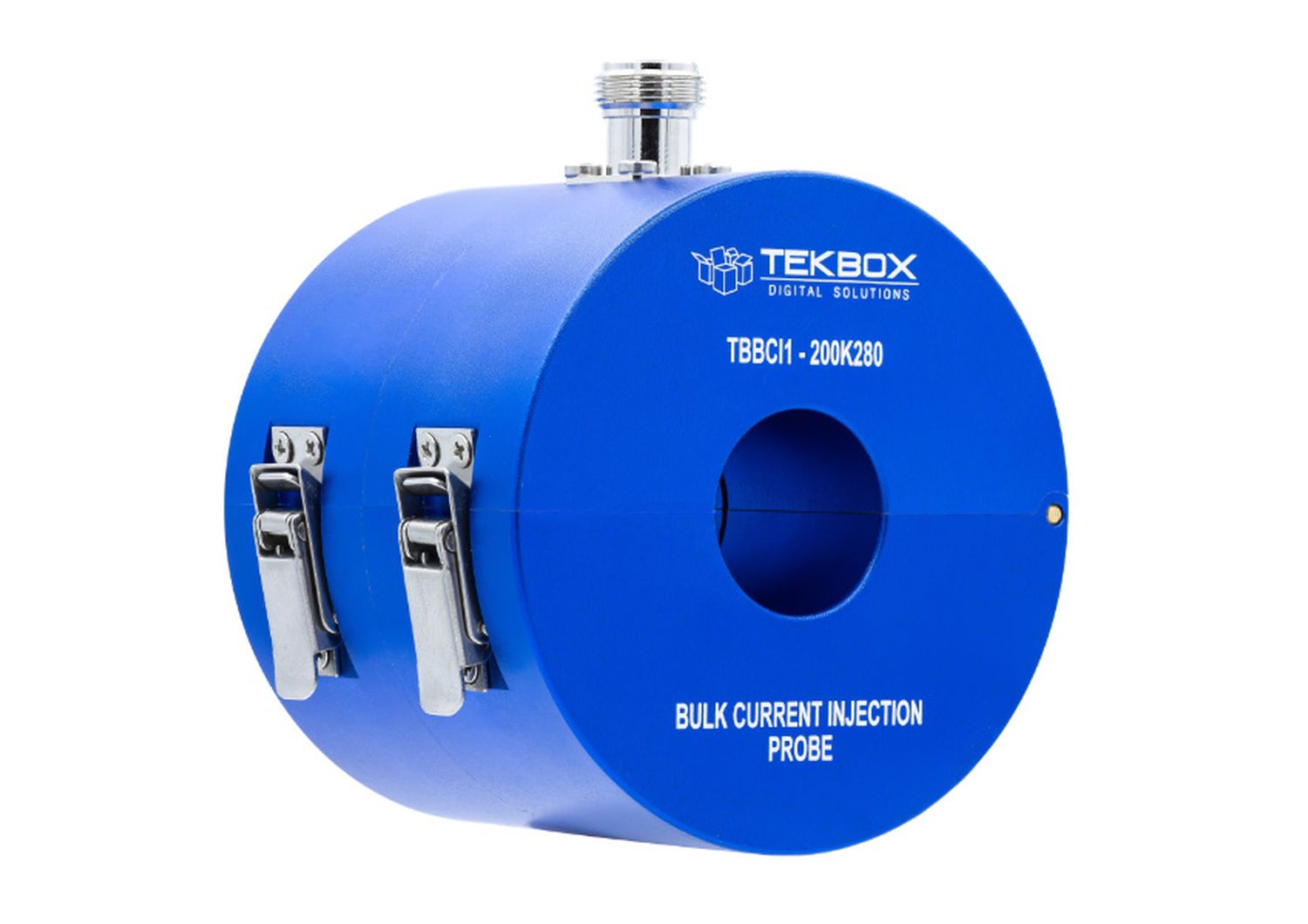



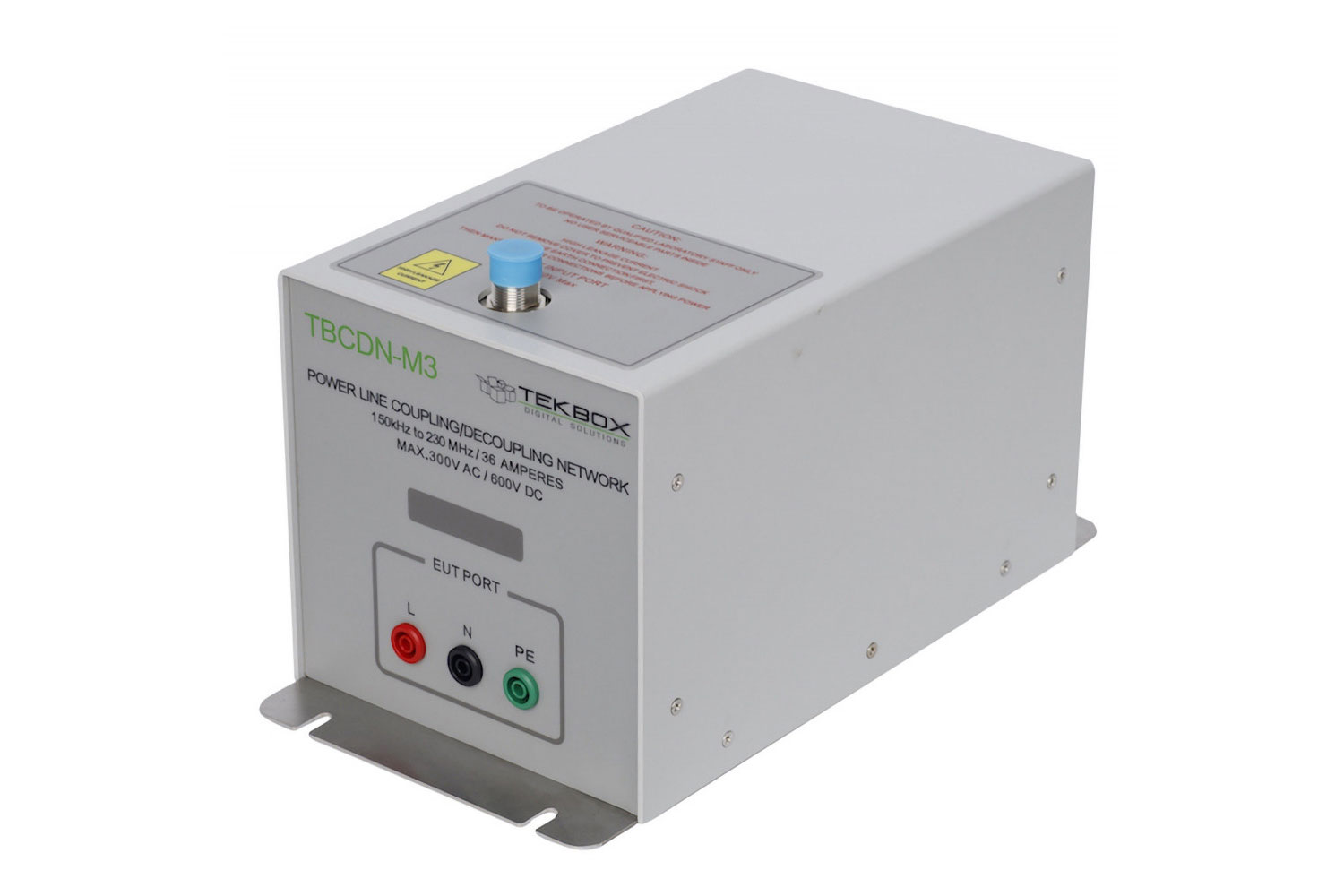
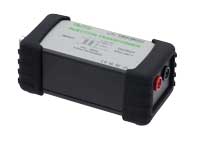

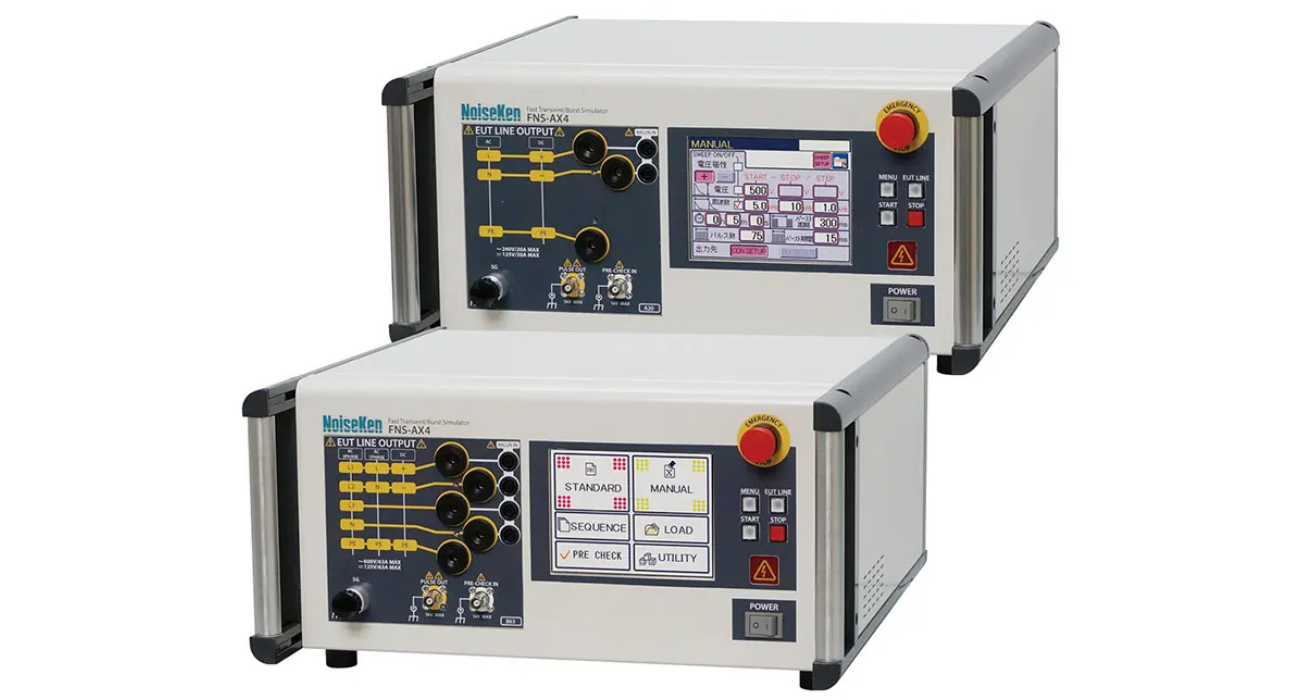
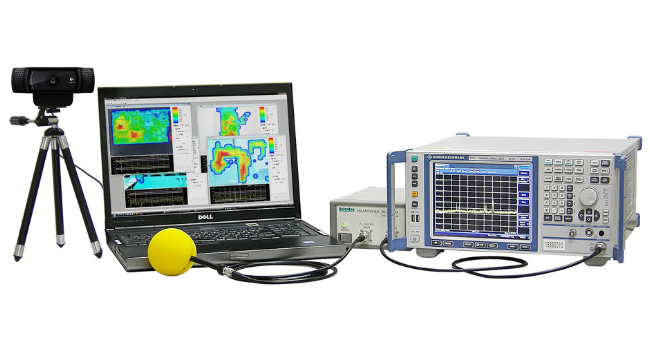















 FREE SHIPPING £75+
FREE SHIPPING £75+
 CELEBRATING 50+ YEARS
CELEBRATING 50+ YEARS
 PRICE MATCH GUARANTEE
PRICE MATCH GUARANTEE


